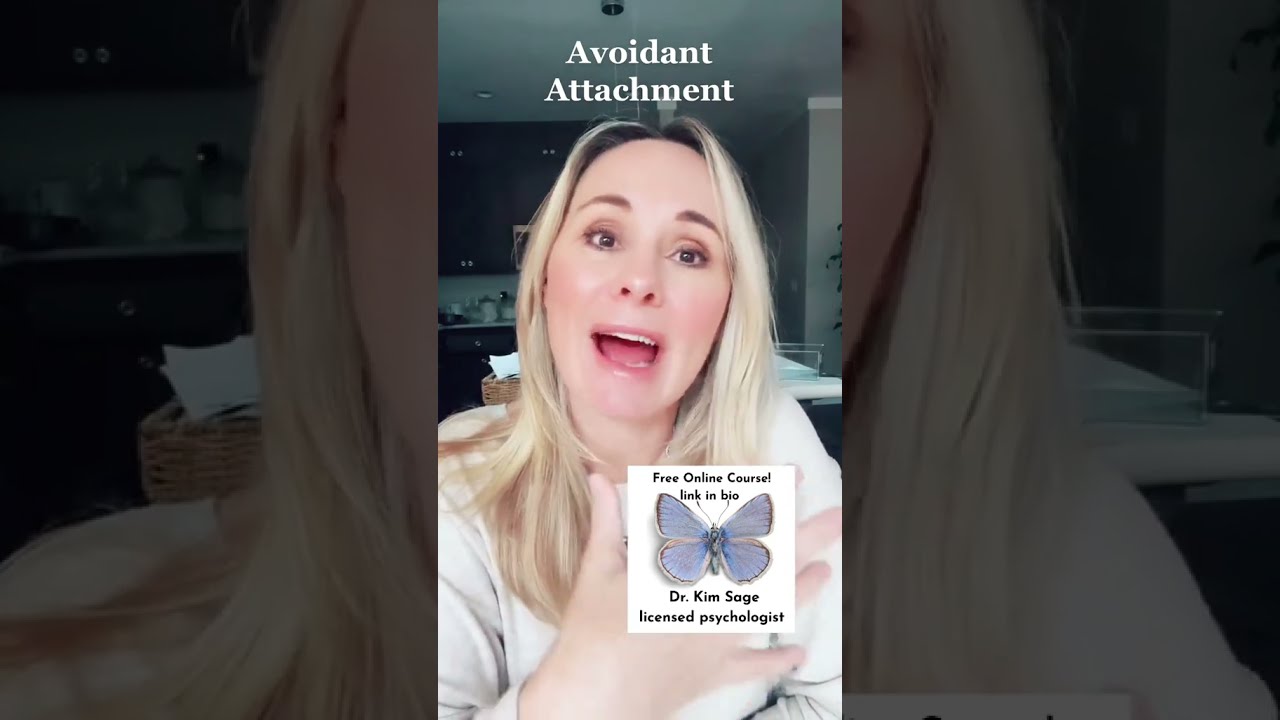
What Happens When Two Avoidants Date? Navigating the Challenges of a Similar Attachment Style
Introduction
Dating can be a complex and sometimes challenging experience. It becomes even more complicated when two individuals with avoidant attachment styles come together. Avoidant attachment refers to a relational style where individuals have difficulty forming close and intimate connections with others. When two avoidants date, they may encounter unique challenges that can impact the success and longevity of their relationship. In this article, we will explore the dynamics, struggles, and potential solutions for navigating a relationship between two avoidant individuals.
Understanding Avoidant Attachment Styles
Before delving into the intricacies of dating two avoidants, let's first understand what an avoidant attachment style entails. People with an avoidant attachment style tend to value independence and self-sufficiency over emotional intimacy. They often have difficulty trusting others and struggle with vulnerability in fearful avoidant relationships.
Individuals with an avoidant attachment style may exhibit behaviors such as avoiding emotional closeness, being emotionally unavailable or distant, and having difficulty expressing their emotions. These tendencies can make it challenging for them to form deep connections with romantic partners.
The Challenges of Two Avoidants Dating
When two individuals with similar attachment styles come together in a romantic relationship, they may encounter some unique challenges. Here are some of the difficulties that can arise when two avoidants date:
1. Emotional Distance
Both partners may struggle with emotional intimacy and find it difficult to express their feelings openly. This emotional distance can create a barrier between them and hinder the development of a deep connection.

2. Lack of Communication
Avoidants often have difficulty communicating their needs and desires in relationships. When two avoidants are dating, this lack of communication can lead to misunderstandings and unmet expectations.
3. Fear of Vulnerability
Avoidants typically have a fear of vulnerability and may hesitate to open up emotionally. When both partners share this fear, it can create a cycle of emotional distance and reluctance to share their true selves.
4. Independent Lifestyles
Avoidants tend to value independence and self-sufficiency. When two avoidants are in a relationship, they may prioritize their individual needs and personal space over the needs of the relationship. This can lead to a lack of quality time spent together and a sense of disconnection.
5. Difficulty Expressing Love
Avoidants often struggle with expressing love and affection openly. When two avoidants are dating, they may find it challenging to show love and affection towards each other, leading to feelings of emotional neglect.
6. Conflict Avoidance
Avoidants typically avoid conflict and may withdraw or shut down when faced with disagreements or confrontations. In a relationship between two avoidants, conflicts may go unresolved, leading to underlying tension and resentment.
FAQ

- Be patient and understanding.
- Use "I" statements to express your needs and emotions.
- Create a safe space for open and honest communication.
- Respect their need for personal space and independence.
Conclusion
Navigating a relationship between two individuals with avoidant attachment styles can be challenging, but it is not impossible. By recognizing the unique challenges that arise from shared avoidant tendencies, couples can work towards building a stronger and more fulfilling bond. Open communication, patience, and a willingness to address the underlying issues that contribute to avoidant behaviors are key to overcoming these challenges. Remember that every relationship requires effort and understanding, and with the right mindset, two avoidants can find love and happiness together.